April 28, 2024 | 01:34 GMT +7
April 28, 2024 | 01:34 GMT +7
Hotline: 0913.378.918
April 28, 2024 | 01:34 GMT +7
Hotline: 0913.378.918

Prime Minister Pham Minh Chinh attended the Vietnam - China Trade and Investment Cooperation Forum in Beijing on June 28, 2023.
Prime Minister Pham Minh Chinh arrives in Nanning, Guangxi (China) on September 16-17 in order to participate in the 20th China-ASEAN Expo (CAEXPO) and the China-ASEAN Business and Investment Summit (CABIS). On this occasion, Vietnam Agriculture News conducted an interview with Mr. Nguyen Do Anh Tuan, Director of the International Cooperation Department (MARD), regarding current agricultural cooperation between Vietnam and China.
How do you evaluate the potential for developing agricultural trade between Vietnam and China in the future years, given the remarkable development of agricultural trade between the two countries in recent years?
Vietnam and China are two neighboring countries with a long-standing, cordial relationship. In 2008, the two nations established a comprehensive strategic cooperative partnership to expand, cultivate, and deepen Vietnam-China relations, serving the interests of the two peoples as well as regional peace, stability, and growth.
Numerous high-level leadership delegations routinely visit each other, contributing to the expansion of Vietnam and China's comprehensive cooperation. In particular, the leaders of the two Parties, two States, and two Governments always pay close attention to and provide direction for agriculture and agrarian development.
China is currently the greatest trading partner and largest market for commodity supply. During the first eight months of 2023, China has surpassed the United States as Vietnam's largest export market for agricultural, forestry, and fishery products.
According to the assessment of the Chinese statistical agency, the nation's economy will continue to recover steadily in 2021, ensuring both economic development and the prevention and control of Covid-19, and achieving significant economic goals.
In 2022, in the context of a complex and unstable international environment, the Chinese economy will be impacted by reduced demand, disruptions to the global supply chain, and... China needs to make a robust transition to development. In terms of quality, effectively addressing the issue of disease prevention alongside socioeconomic growth.
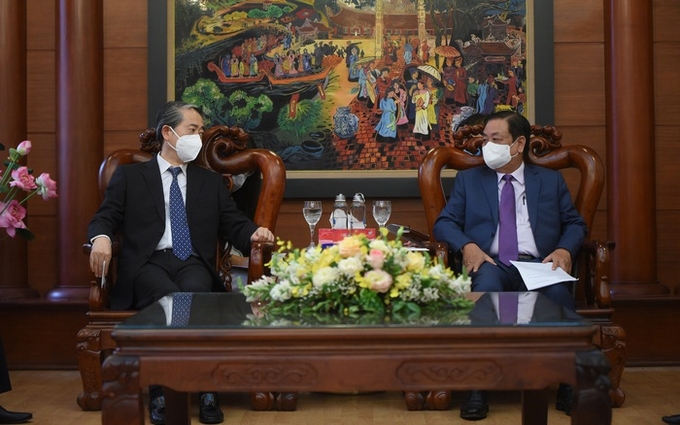
Minister Le Minh Hoan (right) received Chinese Ambassador to Vietnam, Mr. Xiong Bo on May 26, 2021. Photo: Tung Dinh.
What is the current market demand like for agricultural products from Vietnam, sir?
Due to the size of China's economy and population (more than 1,4 billion people, or 18.7% of the world's total population), the need to import commodities, particularly agricultural and fishery products, to meet domestic consumption demands and export requirements is extensive and diverse. China's agricultural imports reached 200 billion USD in 2020, with a roughly 9.3% annual average growth rate.
China has granted export licenses for 12 fruit and vegetable products, milk, 805 seafood processing facilities, 40 live crab and lobster packaging facilities, and 5 black tiger shrimp, white leg shrimp packaging facilities; 128 species/types of products and 48 species of aquatic products. Currently, China has agreed to test the export of passion fruit and chili.
Recently, in coordination with the MARD, the Chinese party conducted an online survey and assessment of Vietnam's export capacity for coconuts to China.
In addition, the two parties are collaborating closely to finalize the "Investigation table to evaluate the safety management system for frozen durian exported to China" and to expedite the signing of two protocols on plant quarantine for Vietnamese chili peppers and medicinal herbs exported to China.
Vietnam has always been China's largest exporter of AFF goods. In 2021, Vietnam exported 9.42 billion USD of AFF products to China, while the import turnover from this market was only 3.18 billion USD. The majority of Vietnam's primary AFF product categories are already present in China and are growing at stable rates.
Rubber (valued at 2.29 billion USD), vegetables (valued at 1.90 billion USD), timber and wood products (valued at 1.50 billion USD), cassava and cassava-based products (valued at 1.1 billion USD), and aquatic products (valued at 976,4 million USD) are the principal exports to China.
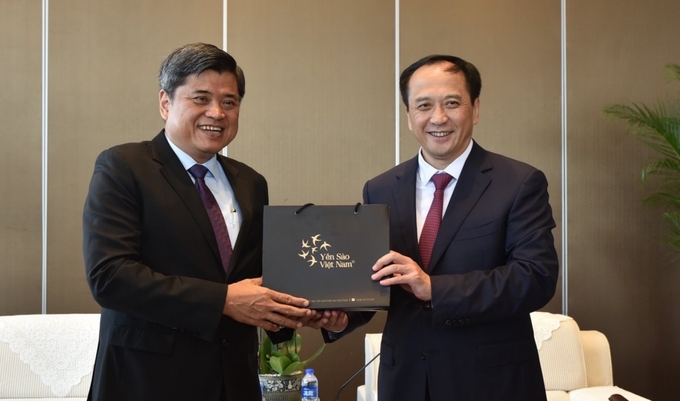
Deputy Minister of Agriculture and Rural Development Tran Thanh Nam (left) presented a souvenir of Vietnamese agricultural products to Mr. Xu Xianhui , Vice Chairman of the Zhuang Autonomous Region of Guangxi province on May 30, 2023. Photo: Tran Cao.
According to data from the General Department of Customs, the import-export volume of agricultural, forestry, and fishery products between Vietnam and China in the first eight months of 2023 exceeded 9.3 billion USD, a 3.2% increase over the same period in 2022.
Exports of agricultural, forestry, and fishery products to the Chinese market are estimated at 7.28 billion USD, up 9.8 percent from the same period in 2022, while imports are assessed at 2.04 billion USD, down 19.9 percent from the same period in 2022. 3% during the same time frame in 2022. The agricultural, forestry, and fishery trade surplus surpassed 5,2 billion US dollars, an increase of 33.3% compared to the same period in 2022.
Vietnam and China share many cultural similarities; the climate in the southern provinces is quite similar to that of Vietnam, and the Chinese people's consumption culture of AFF products is quite similar to that of Vietnam. notably grains, seafood, vegetables, and melons...
Notable is the fact that, with the advantage of two near neighbors, the Chinese market is particularly advantageous for Vietnamese fresh products such as vegetables, fruits, and fisheries, and it remains a key target market for Vietnam.
Consequently, the potential for exporting Vietnam's AFF products to the Chinese market is very large and has grown steadily over the past few years, with the growth rate only slowing in the period 2020-2021 due to the impact of the Covid-19 pandemic, which, when combined with China's "Zero Covid" policy, makes the customs clearance process at land border gates challenging.
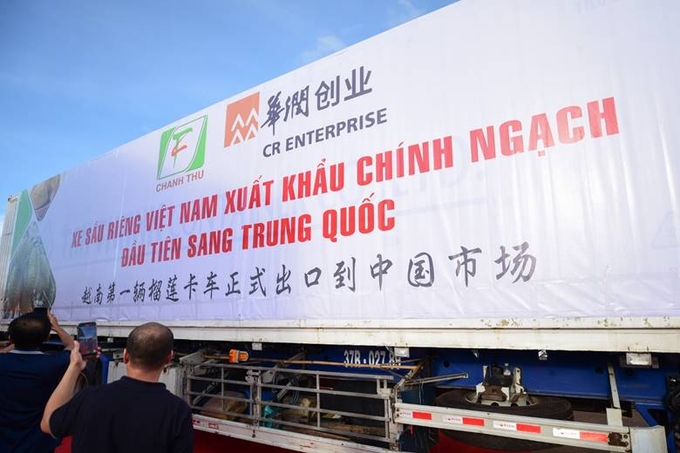
Since being officially exported to China, the export value of Vietnamese durian has increased sharply.
What is the status of collaboration between MARD and Chinese counterparts, sir?
Twenty Agreements/Memorandums/Protocols of various categories have been agreed and implemented by MARD in the field of agriculture and rural development.
This establishes a firm legal foundation for the two parties to progressively formalize their trading of AFF products, paving the way for the expansion of AFF trade between the two nations.
The MARD maintained and promoted relationships with Chinese partners (Ministry of Agriculture and Rural Area, General Department of Customs, Chinese Embassy in Vietnam...) from the beginning of 2020 to the beginning of 2023, despite the extremely complicated evolution of the Covid-19 epidemic.
The working delegation of the Ministry of Agriculture and Rural Development, led by Deputy Minister Tran Thanh Nam, visited and worked with the Chinese provinces of Guangxi and Yunnan from May 29 to June 2, 2023, in an effort to reinforce cooperation between the Ministry and these provinces.
Currently, the Memorandum of Cooperation between the MARD and the People's Government of the Guangxi Zhuang Autonomous Region has been finalized. In 2023, the Ministry and Yunnan province are anticipated to finalize and sign the memorandum of cooperation.
In addition to trade, there are numerous agricultural fields that are of mutual interest to Vietnam and China. According to you, what additional advancement will the two countries achieve in this area in the near future?
In the fields of crop production, livestock, and organic agriculture, high-tech agriculture, veterinary medicine, forestry, fisheries, irrigation, natural disaster prevention, and adaptation to climate change, the MARD is consistently proactive in promoting comprehensive, substantive, and effective cooperation with Chinese Ministries/sectors and local partners.

Mr. Nguyen Do Anh Tuan, Director of the International Cooperation Department (Ministry of Agriculture and Rural Development). Photo: Tuan Cao.
The Vietnam and China Ministries of Agriculture instituted an annual conference mechanism for the Vietnam-China Joint Committee on Agricultural Cooperation in May 2015. This committee will hold annual meetings.
Current MARD research institutes and universities/colleges have numerous cooperation initiatives with Chinese institutes/schools. These collaborations are highly practical and solve numerous issues. in the practice of science and technology, particularly in plant and animal reproduction cooperation.
As the largest market for Vietnamese agricultural products, China is progressively increasing its quality standards. What solutions do you believe are necessary to exploit this market more effectively?
Sharing a land border with China is a tremendous advantage for Vietnam, as it enables the country's agricultural products to be exported to China cheaply, swiftly, and easily.
However, China is a large market, with export channels through land border gateways where Vietnamese agricultural products are only distributed in a few southern provinces, while in the northern provinces of China, this channel is cannot be reached yet. From the southern provinces of China to the northern provinces, transportation costs are excessively high. Therefore, agricultural products must travel by air and sea to reach the Northern provinces.
China is no longer an accommodating market, even for cross-border commerce. China has altered numerous import regulations regarding plant quarantine and food safety.
Alongside the requirement for transparent negotiations for each category of product, this country is increasing its control over goods crossing its borders, specifically small-scale trade. In addition, China regulates imported goods using a protocol that requires the declaration of cultivation area codes and packaging facilities.
Currently, Chinese consumers, particularly in major metropolitan areas, have high incomes and prioritize purchasing healthful products. Chinese consumers are willing to pay high prices for secure, nutritious, and healthful products. In addition, the Chinese are beginning to place greater emphasis on ecological agricultural products and organic agriculture.
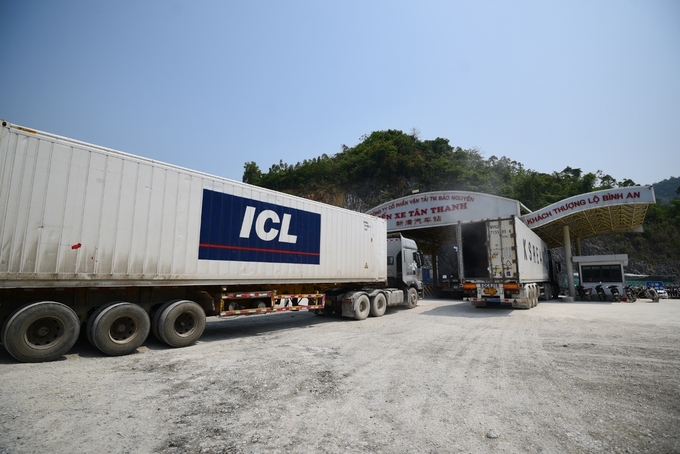
Vietnamese goods and agricultural products are officially exported to China through Tan Thanh, Lang Son border gates.
Effective January 1, 2022, the General Administration of China Customs issued Order No. 248 "Regulations on registration and management of foreign imported food production enterprises" and Order No. 249 "Measures for export food safety management import" in 2021.
The purpose of these regulations is to evaluate the conformity of imported commodities. Including evaluation of the food safety management system of the exporting country, registration of food manufacturing enterprises, import and export product records, and entry quarantine of animals and plants.
Thank you!
Translated by Linh Linh

(VAN) Pet treatment and beauty spas need skilled expertise and experience to manage their aggressive responses, like as biting.
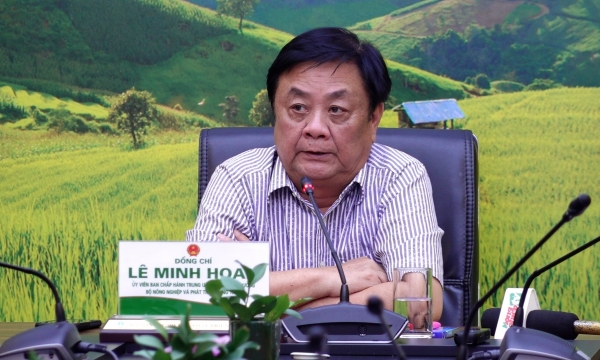
(VAN) Minister of Agriculture and Rural Development Le Minh Hoan chaired a conference on April 25 to discuss measures for preventing drought and saltwater intrusion in the Mekong Delta and addressing future difficulties.
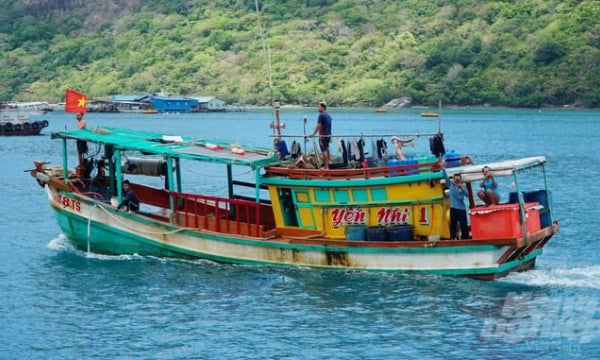
(VAN) 'The IUU yellow card must lead to sustainable fisheries, with increased aquaculture and reduced exploitation,' Minister Le Minh Hoan reflected.
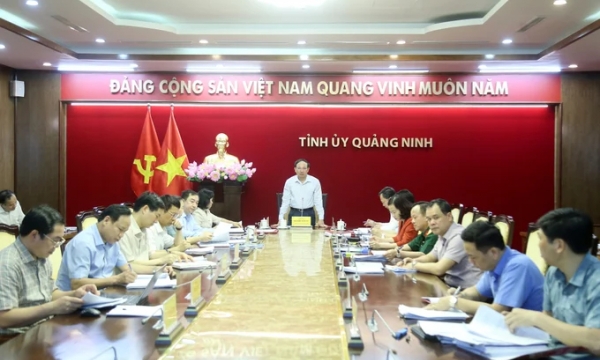
(VAN) Quang Ninh's policy of attracting FDI investment will select investors, taking quality, efficiency, technology, and environmental protection as evaluation criteria.

(VAN) Concerns regarding the Funan Techo canal, as expressed by certain experts at the Can Tho meeting, are indeed reasonable, yet they should be articulated without exaggeration.
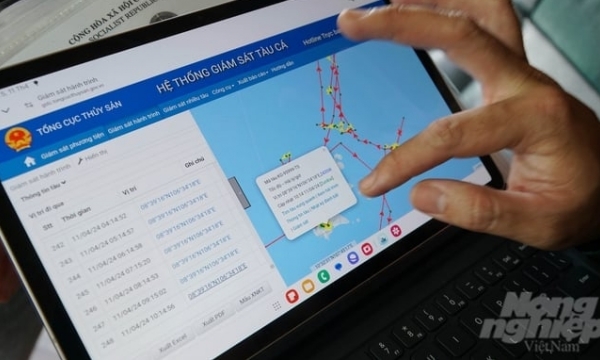
(VAN) Ba Ria - Vung Tau province is facing considerable challenges concerning the rapid and coordinated implementation of electronic fishing logbooks and origin tracing.
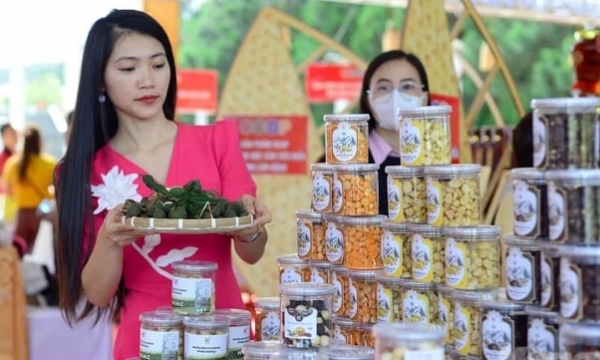
(VAN) There are a total of 12,000 OCOP products rated as 3-star or above, over 6,500 OCOP entities, around 78% of communes have successfully met the new rural requirements.